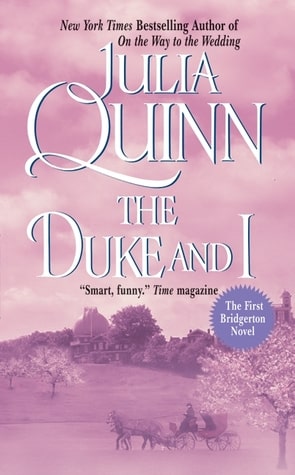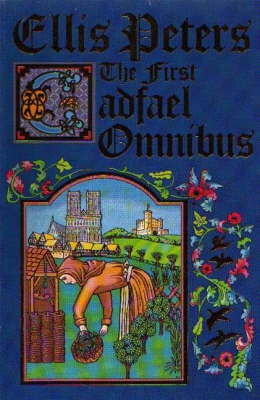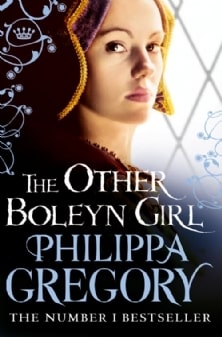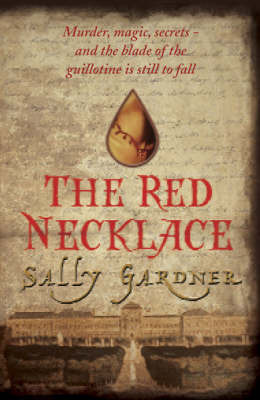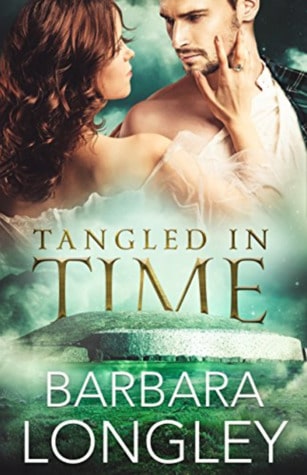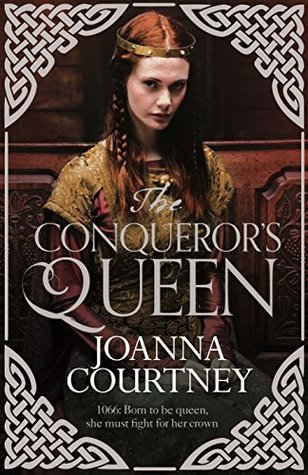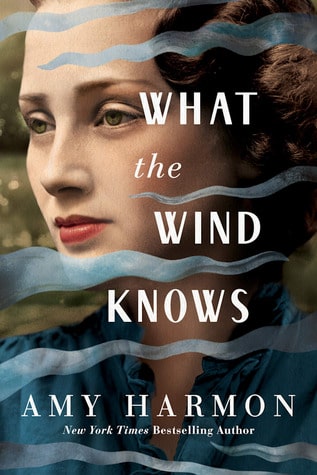
Book review of What the Wind Knows by Amy Harmon, time-travelling historical fiction set in modern and 1920s Ireland.

This post may contain affiliate links, which means I may receive a commission, at no extra cost to you, if you make a purchase through a link. Please see our full disclosure for further information.
Synopsis
Following her grandfather’s death, Anne Gallagher travels to Ireland to find out more about her family. While scattering her grandfather’s ashes in Lough Gill, she gets lost in a sudden fog, is shot, and is pulled out of the lake in 1921. Her rescuer is Dr Thomas Smith, guardian to Eoin, a six-year-old boy who is Anne’s grandfather.
Having been mistaken for Eoin’s long-missing mother, Anne assumes the dead woman’s identity. Once healed, Anne gets involved in Irish independence, and the relationship between her and Thomas develops. However, the differences between her and the original Anne eventually puts her life in danger.
Review
I was completely captivated by What the Wind Knows. The writing is poetic and lyrical, and just jumped off the page. It was so suspenseful that I always had to read “just one more chapter” to find out what happened next. The whole story was heart-wrenching, beautiful, and felt authentic.
I loved the depth of emotions experienced by various characters. The writing is so brilliant that I could feel what they were feeling most of the time. There were many intense, emotional moments between characters. However, it wasn’t just the love between people explored in the book; there was love for a family, a country, and a past time.
The characters were all distinct from each other, each with different features and personalities. I liked how each of the protagonists were imperfect, neighbour-like people. I also liked how the villains of the story weren’t evil for the sake of being evil; they were doing what they truly believed was best.
Thomas was lovely. He was such a timeless, unassuming hero. Not a complicated character, he was smart, kind, gentle yet strong, and generous. He wasn’t one of those heroes the heroine (or the reader) falls for immediately, but by the end you can’t help but love him.
The time travel element was very well done. Like other aspects of the book, it was well thought out. The author wrote it in a way that made sense. This can’t have been easy, what with time being ‘coiled into ever-widening (or tightening) circles, layered and wrapped around the next’ and not linear.
If I had to give What the Wind Knows one criticism, it would be the multiple references to people and dates that I didn’t get – I just didn’t have enough prior background knowledge. However, it did make me curious about the events mentioned.
Conclusion
Have you read What the Wind Knows? What did you think? Do you agree with what I’ve said about it? Let me know in the comments.


